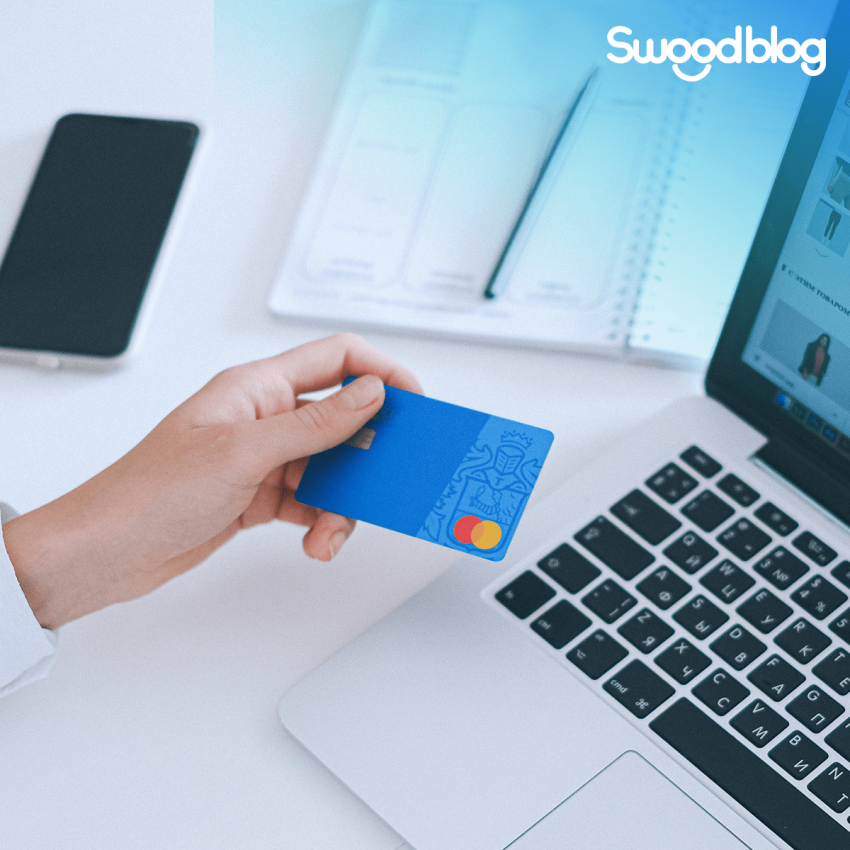By Lucas Medola – Swood Convida
Nowadays, the focus on giving customers payment options is growing at a very fast pace. Have you ever stopped to think about the infinity of types, brands and models of cards that exist today? Below I will give more emphasis on cards, their most used types in the market and some ways to use them in a safe and practical way.
By working in finance for over 20 years, I have realised how important it is to understand well the payment methods we can choose in each situation, to better control our finances.
So how does a debit card work? The logic here is exactly like paying with cash from your wallet or purse: when you use a debit card, the money comes right out of your bank account. That way, this payment method can only be accepted if the amount available in your account is sufficient for the purchase you are going to make. Nothing complicated up to here.
The magic is in the credit card, it can be used as if the fairy godmother paid for you on the spot, and you paid the fairy godmother only later. What happens when you make a purchase with a credit card then, is that the bank will pay for you at that moment (up to a pre-established limit, which is called your credit line), so no money comes out of your account on the spot. However, that money will eventually come out of your account on a pre-arranged date with your bank.
So, maybe it’s not as magical as a fairy godmother who pays for us without asking for it back, but it has its advantages. The most obvious advantage is that it will save you in those tight moments, because you can use it even when you have no balance. But beware: we don’t want to drown in debt! So, try to use this card when it’s really an emergency or you don’t have any balance available in your bank account. In your daily life, only use your credit card for a better control of your finances (you will never spend more than the balance you have). Remember also, that there is a “no interest” hire purchase on your credit card, which allows you to pay your purchase in installments, which can help you even more in emergency moments. But if you have both options, cash or installment payment, try to negotiate the value of the cash payment to make sure that the installment option is, in fact, interest-free. And don’t forget to have a lot of discipline and control with the use of credit cards to avoid future problems.
Oh, I was about to forget, it is very important to remember that credit cards can offer a wide range of benefits such as cash back, points for frequent flyer programmes, invest back, free home services, discounts and many others…
And now, if you mix in a prepaid card here too, where do we stand? A prepaid card is a card that works by top-ups, just like the logic of the purse or your wallet again. So it works in the same way as a debit card, as long as you have enough balance loaded, you can use it, and the money comes out the moment you make the purchase. But the big difference of this card to the debit card modality is that the prepaid card can allow you to make international purchases online or even in person (not all prepaid cards offer this modality).
Now that we are clear, I will introduce a new concept: online payments. Simply and briefly, online payments are purchases made by apps, webpage and/or a non-face-to-face payment method (where the consumer and seller are not present at the time of the transaction). This concept is actually quite simple, and what is important to think is always the difference between credit and debit, and which we prefer in each situation, because to pay online, we will use one of these cards anyway, simply it will be associated with our virtual account, which in this case could be PayPal. In online payments, the previous card information is very similar, but the customer now has an additional security for online transactions, because the card data (credit, debit or prepaid) as well as the customer’s data is not shared and you still keep the benefits of your credit card.
So, when it’s time to pay, let’s think: What is my type of card (credit, debit, prepaid) and what is my current financial moment? What type of purchase am I making (day-to-day or emergency)? What is the amount to pay (high, low and does it fit my needs)? And always be aware of our card balance if you choose a debit card transaction.
There are many interesting card options on the market, but it is essential to understand the advantages and disadvantages before you go out and get a bunch of cards. The most important thing is to be very conscious with your spending and really think if there is a need for the purchase you are about to make, as well as having enough discipline and control with your spending.
And there is still PIX, but this will be left for another time…
>>>>
Lucas Medola is the CFO of Paypal LatAm and an economist graduated from PUC/SP, with an Executive MBA in Finance from Insper and The Emerging CFO programme at Stanford, USA. He is an angel investor and fosters the Brazilian entrepreneurship ecosystem by mentoring entrepreneurs and new businesses. Before joining PayPal in 2014, he worked for Western Union, HSBC, Itaú, Credicard, Deloitte, Arthur Andersen and others.
